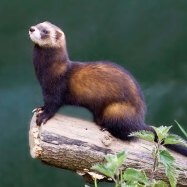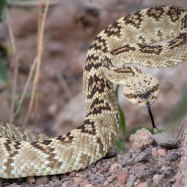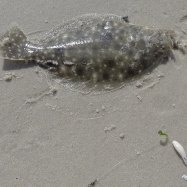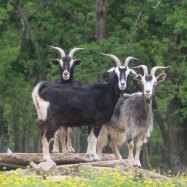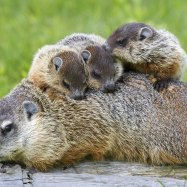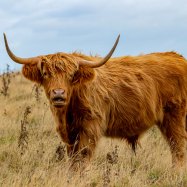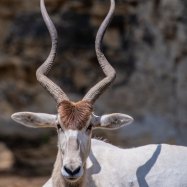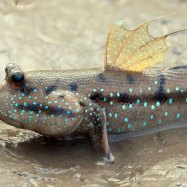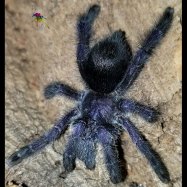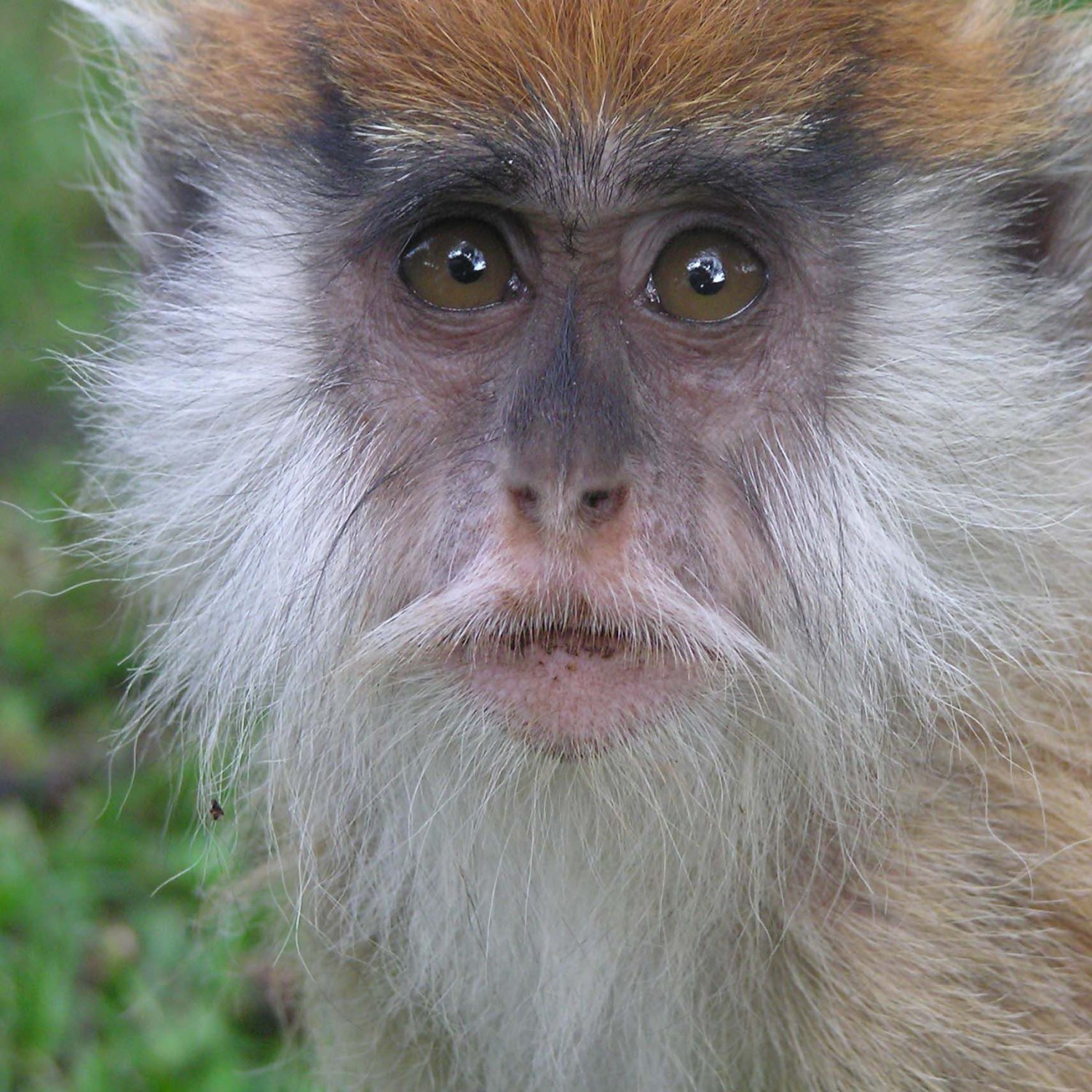
Patas Monkey
55 to 80 cm
The Patas Monkey, found in sub-Saharan Africa, is a slender-bodied primate from the family Cercopithecidae. With a length of 55 to 80 cm, it is known for its incredible speed of over 35 miles per hour. Sadly, its population is declining due to habitat loss. Let's spread awareness and protect these amazing animals. #PatasMonkey #AfricanWildlife #ProtectWildlife
Animal Details Summary:
Common Name: Patas Monkey
Kingdom: Animalia
Habitat: Savannahs, grasslands, woodlands
The Fascinating Patas Monkey: An Icon of the African Savanna
Imagine the majestic African savanna, with vast grasslands, scattered trees and shrubs, and a diverse array of wildlife. In this vast and vibrant ecosystem, one primate stands out among the rest - the Patas Monkey. With its reddish-brown coat, slender body shape, and swift movements, this creature has captured the hearts of many with its unique characteristics and behaviors.Belonging to the genus Erythrocebus, the Patas Monkey, scientifically known as Erythrocebus patas, is a fascinating member of the primate family Patas Monkey. Also commonly referred to as the "Red Monkey" or "Hussar Monkey," this species inhabits the vast savannas, woodlands, and grasslands of sub-Saharan Africa. It can be found in several countries, including Chad, Nigeria, Ethiopia, Sudan, and Senegal.
The Patas Monkey is a mammal, belonging to the kingdom Animalia, with a chordate phylum, and mammalian class. It falls under the order Primates, which also includes other well-known species such as chimpanzees, gorillas, and lemurs. Within the primate family, the Patas Monkey belongs to the Cercopithecidae family, commonly known as Old World Monkeys. This family also includes other species such as baboons, macaques, and colobus monkeys.
With its unique characteristics and behaviors, the Patas Monkey has become a symbol of the African savanna, making it a popular subject for research and observation. So, what is it about this primate that makes it so fascinating?
Habitat and Adaptations
The Patas Monkey is primarily found in the savannas and grasslands of sub-Saharan Africa. These open and semi-arid habitats provide ideal living conditions for the species, allowing them to thrive in the wild Panther. This primate's incredible ability to adapt to these dry and open environments sets it apart from other primates.One of the most distinctive features of the Patas Monkey is its reddish-brown coat that blends in perfectly with the savanna's dry grasses and shrubs. This coloration not only provides camouflage from predators but also helps regulate body temperature in the scorching heat of the savanna.
The slender body shape of the Patas Monkey also aids in its adaptation to the savanna habitat. With long, slender limbs and a streamlined body, this primate can move swiftly through the grasslands, avoiding predators and searching for food. Its hind limbs are longer than its front limbs, enabling it to run at high speeds of up to 55 kilometers per hour. This makes it the fastest primate on land, earning it the nickname "the cheetah of the trees."
Feeding Habits
The Patas Monkey is an omnivorous species, meaning that it can feed on both plant and animal matter. Its diet primarily consists of fruits, leaves, seeds, and insects found in the savanna. These resources are abundant in their habitat, making it easier for the Patas Monkey to find food.Since water is scarce in the savanna, the Patas Monkey has adapted to survive on low-moisture plant foods, such as dry grasses and seeds. They also get most of their water needs from their diet, reducing their dependency on external water sources.
The Patas Monkey's foraging habits are fascinating to observe. They are diurnal creatures, meaning that they are most active during the day. During the early morning and late afternoon, they can be seen jumping and running through the tall grasses, socializing and foraging for food. They also have specialized cheek pouches to store and carry food for later consumption, allowing them to cover longer distances in search of resources.
Social Behavior and Communication
Patas Monkeys are highly social animals and form cohesive groups known as troops, consisting of several females, their offspring, and one dominant male. These troops can range from 10 to 50 individuals, depending on the resources available in their habitat. These troops are known to have a well-defined hierarchy, with the dominant male having the highest social status.With such a large group, communication is key for the Patas Monkey. They have various forms of communication, including vocalizations, facial expressions, and body language. They produce a range of sounds, from loud barks to soft grunts, to communicate with their troop members. These sounds can signal danger, social status, or a call to action, depending on the situation.
Additionally, Patas Monkeys also have specialized facial markings, such as white mustaches and facial stripes, that serve as unique identifiers within their troops. These markings help in recognizing individual members and maintaining social bonds within the troop.
Conservation Status and Threats
Unfortunately, like many other species, the Patas Monkey is facing numerous threats to its survival. While they are not currently considered endangered, their populations have declined by over 30% in the past 30 years, earning them a spot on the IUCN Red List of Threatened Species.The biggest threat faced by the Patas Monkey is habitat loss and fragmentation due to human activities such as agriculture, mining, and urbanization. This, combined with illegal hunting for their meat and body parts, has significantly reduced their numbers in certain regions.
To protect this iconic primate, conservation efforts are being implemented, including habitat preservation and anti-poaching measures. Awareness and education programs are also vital in raising public awareness about the Patas Monkey and its importance in the savanna ecosystem.
The Future of the Patas Monkey
Despite the challenges faced by the Patas Monkey, there is still hope for its future. With protective measures and conservation efforts in place, there is a possibility of its population recovering, and its numbers stabilizing in the wild. This primate also has a relatively fast reproductive rate, with females giving birth to a new offspring every one or two years, providing greater potential for population growth.Moreover, research and observation of the Patas Monkey continue to provide valuable insights into its behavior, social structure, and habitat requirements. This information is crucial in developing effective conservation strategies and ensuring the survival of this species for future generations.
In conclusion, the Patas Monkey is a unique and fascinating creature that symbolizes the beauty and diversity of the African savanna. Its remarkable physical adaptations, feeding habits, and social behaviors make it a vital part of this ecosystem. We must continue to learn more about this primate and take action to protect its habitat and ensure its survival. Only then can we truly appreciate and admire the extraordinary Patas Monkey.

Patas Monkey
Animal Details Patas Monkey - Scientific Name: Erythrocebus patas
- Category: Animals P
- Scientific Name: Erythrocebus patas
- Common Name: Patas Monkey
- Kingdom: Animalia
- Phylum: Chordata
- Class: Mammalia
- Order: Primates
- Family: Cercopithecidae
- Habitat: Savannahs, grasslands, woodlands
- Feeding Method: Omnivorous
- Geographical Distribution: African countries
- Country of Origin: Africa
- Location: Sub-Saharan Africa
- Animal Coloration: Reddish-brown
- Body Shape: Slender
- Length: 55 to 80 cm
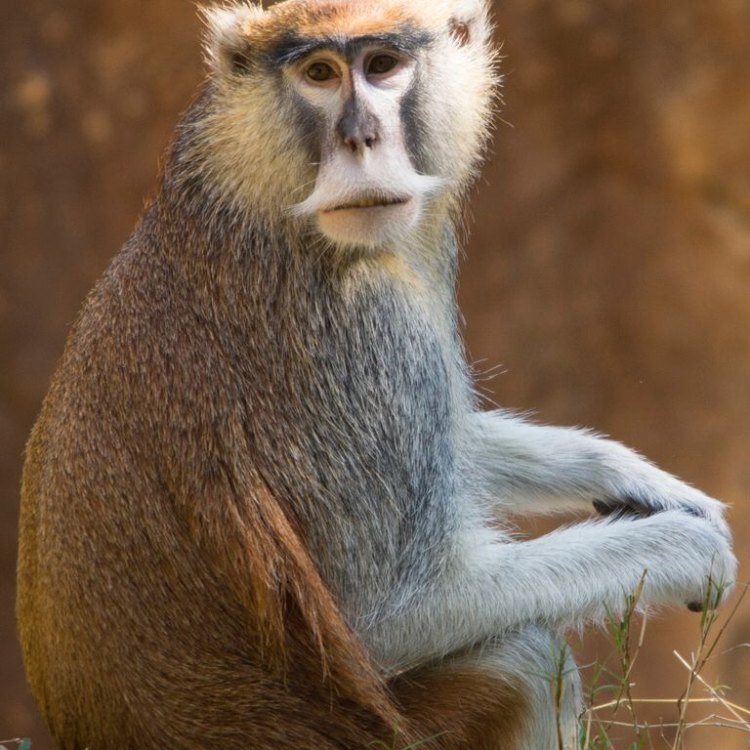
Patas Monkey
- Adult Size: 5 to 10 kg
- Average Lifespan: 12 to 20 years
- Reproduction: Sexual
- Reproductive Behavior: Polygynous
- Sound or Call: Loud staccato barks
- Migration Pattern: Non-migratory
- Social Groups: Large harems with a dominant male
- Behavior: Diurnal and terrestrial
- Threats: Habitat loss, hunting
- Conservation Status: Least Concern
- Impact on Ecosystem: Seed dispersal
- Human Use: Hunted for bushmeat
- Distinctive Features: Long legs and dark cheek whiskers
- Interesting Facts: Fastest primate on land
- Predator: Lions, leopards, hyenas
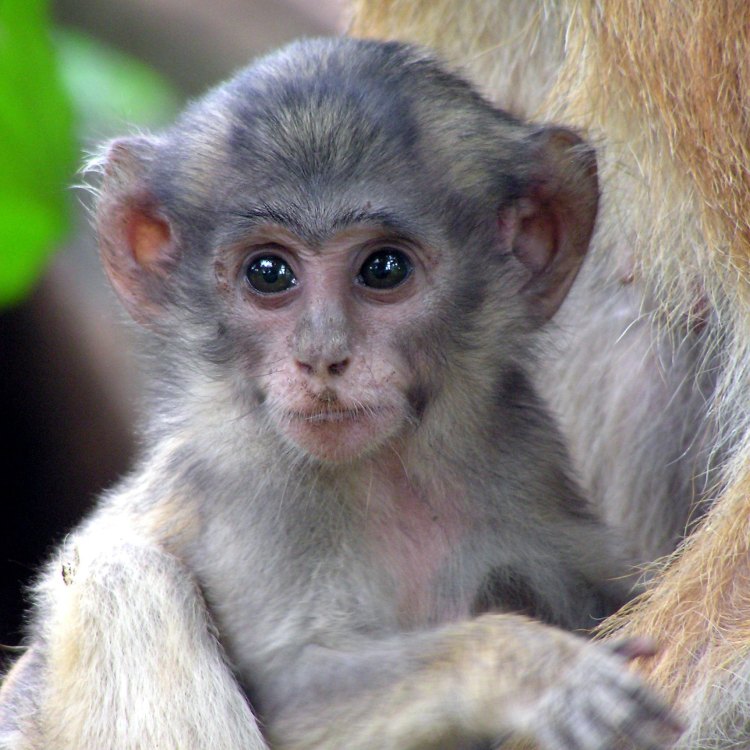
Erythrocebus patas
The Fascinating Patas Monkey: A Unique Primate of the African Savanna
In the vast African savanna, one can find a wide array of wildlife, from the majestic elephants to the graceful giraffes. But amidst the more popular and well-known species, there is a primate that often goes unnoticed – the Patas monkey.This intriguing species of monkey is native to the African savanna, particularly in countries like Senegal, Sudan, Tanzania, and Ethiopia. They are a relatively understudied species, making them all the more fascinating to learn about PeaceOfAnimals.Com. So, let's dive in and discover the unique features and behaviors of the Patas monkey.
Size and Life Expectancy
The Patas monkey is a medium-sized primate, with adult sizes ranging from 5 to 10 kilograms. They have a slender build and long, thick limbs, making them the fastest primates on land. They are known to reach speeds of up to 55 kilometers per hour, earning them the nickname "the cheetah of the trees."In the wild, Patas monkeys have an average lifespan of 12 to 20 years. However, in captivity, they can live up to 25 years. This longevity allows researchers to gather more information about their behavior and biology.
Reproductive Behavior
Patas monkeys are highly social animals and live in large harems with a dominant male. These harems can consist of up to 30 females, and the dominant male guards and protects them Puffin. He also has exclusive mating rights with the females.Interestingly, Patas monkeys have a polygynous mating system, which means that a male can mate with multiple females. This behavior has evolved to increase the chances of successful reproduction and genetic diversity within the species.
Sound and Communication
Patas monkeys are known for their loud, staccato barks that can easily be heard across the African savanna. These vocalizations serve various purposes, from warning other monkeys of nearby predators to communication within the group.Besides vocalizations, Patas monkeys also use body language and facial expressions to communicate with each other. For example, they have distinct calls for indicating danger, food availability, and grooming invitations.
Migration and Social Groups
Unlike other primate species, Patas monkeys are non-migratory, meaning they do not travel great distances in search of food or water. Instead, they have adapted to survive in the harsh and arid environments of the African savanna.Patas monkeys live in large social groups led by a dominant male. These groups can consist of up to 60 individuals, including females, juveniles, and infants. The dominant male is responsible for their safety and well-being and will even engage in fights to protect his harem.
Behavior and Habitat
Patas monkeys are diurnal and terrestrial, meaning they are active during the day and spend most of their time on the ground. They have adapted to forage on the open grasslands and have long legs to run swiftly when faced with danger.Their habitat primarily consists of open woodlands, grasslands, and savannas, where they can easily find food and water sources. However, due to the continuous expansion of agriculture and human settlements, their habitats are rapidly decreasing, putting these primates at risk.
Threats and Conservation Status
The greatest threat to Patas monkeys is habitat loss. As humans encroach on their natural habitat, these primates are left with limited space and resources, making it challenging to survive. They are also hunted for bushmeat, as their meat is considered a delicacy in some parts of Africa.Despite these threats, the Patas monkey is currently listed as "Least Concern" on the IUCN Red List of Threatened Species. However, conservation efforts are still necessary to ensure their survival and protect their habitats from further destruction.
Impact on Ecosystem
Patas monkeys play a crucial role in the savanna ecosystem. Being frugivorous, they consume a variety of fruits, seeds, and nuts, and this helps disperse seeds far and wide, contributing to the growth and diversity of plant species in the area.Furthermore, their presence also supports the survival of other animal species. For example, the dung of Patas monkeys is a source of nutrients for insects and helps in fertilizing the soil, benefiting plants and smaller animals.
Human Use and Distinctive Features
Traditionally, Patas monkeys have been hunted for their meat, fur, and body parts used in traditional medicine. This practice has decreased in recent years due to conservation efforts and the establishment of primate sanctuaries.When it comes to their appearance, Patas monkeys have some distinctive features that make them stand out from other primate species. They have long, slender legs, which make them excellent runners, and dark cheek whiskers that enhance their facial expressions.
Predators and Survival Tactics
Patas monkeys are considered prey by many predators in the African savanna. Their main predators include lions, leopards, and hyenas, who can easily take advantage of their small size and lack of defensive skills.To survive, Patas monkeys rely on their speed and agility, often fleeing up into the trees when threatened. They also have a unique behavior of "beating," where they rapidly clap their hands and feet to create a loud sound, possibly to scare away predators or alert others of danger.
Interesting Facts
Apart from being the fastest primate on land, Patas monkeys have some other interesting abilities and behaviors. For example, they have a rump patch, a unique feature that turns bright red when they are excited or communicating with other monkeys.Patas monkeys are also highly intelligent and can solve complex problems, such as finding food hidden in different locations. They also have a keen sense of smell and can identify various fruits and nuts by their scent.
In Conclusion
The Patas monkey may be lesser-known and understudied compared to other primates, but they are a truly unique and fascinating species. From their distinctive features and social behavior to their impact on the ecosystem, there is so much to learn and appreciate about these primates of the African savanna.However, their habitats are rapidly declining, making it crucial to raise awareness and support conservation efforts to ensure the survival of these remarkable creatures for generations to come. Let us appreciate the Patas monkey and work towards protecting their homes and habitats.
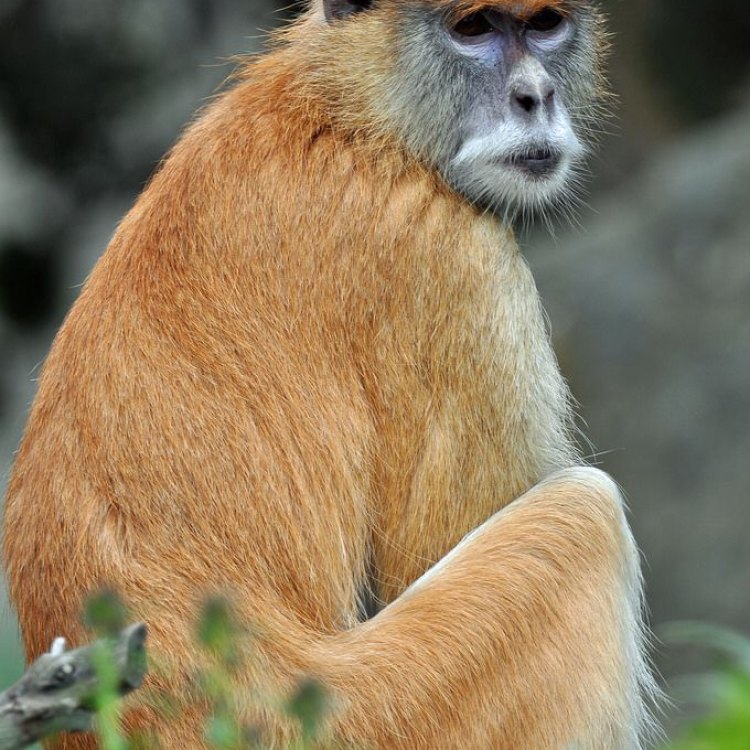
The Fascinating Patas Monkey: An Icon of the African Savanna
Disclaimer: The content provided is for informational purposes only. We cannot guarantee the accuracy of the information on this page 100%. All information provided here may change without prior notice.

